|
|
|
|
|
Lakes turning to jelly?
Research team identifies new environmental threat for boreal lakes
Kingston, ON - A widespread environmental change occurring in softwater lakes of North America (and likely elsewhere) has been detected by researchers from Queen's University, the University of Cambridge and York University, working with scientists from other Canadian universities and government laboratories. The team has identified a biological shift in many temperate, soft-water lakes in response to declining calcium levels (a legacy of acid rain and timber harvesting). Reduced calcium availability is hindering the survival of aquatic organisms with high calcium requirements (a case of "aquatic osteoporosis"), leading to the rising dominance of nutrient-poor, jelly-clad animals.
"We are seeing the jellification of many lakes," notes Queen's post-doctoral fellow Adam Jeziorski, one of the lead authors of the study. "Calcium is an essential nutrient for many lake-dwelling organisms, but concentrations have fallen so low in many lakes that keystone species can no longer survive" he says. "The old guard is no longer competitive; conditions now favour animals better adapted to lower calcium levels, and these changes can have significant ecological and environmental repercussions."
The study is published today in the prestigious journal Proceedings of the Royal Society B.
The researchers documented how changes in lakewater calcium concentrations have altered the invertebrate communities of lakes, mainly through the widespread replacement of the water flea, Daphnia (a key component of many aquatic food webs) with Holopedium glacialis, a jelly-clad competitor.
As lakewater calcium decline began before monitoring programs were in place, indirect means were required to determine pre-impact conditions. The study of tiny fossils and other indicators in the sediment accumulated at the bottom of lakes allowed Queen's researchers to compare the communities identified in water monitoring programs with those present prior to the onset of acid deposition. Modelling techniques allowed the determination of the mechanism underlying the changes through time. Prof. John Smol, Canada Research Chair in Environmental Change and co-director of Queen's Paleoecological Environmental Assessment and Research Laboratory (PEARL), and his colleagues, examined environmental trends over the past ~150 years. "Lake sediments act like a history book of past changes in a lake" says Smol "they are like the black boxes on aircraft, recording what happened before a problem is identified." Their study showed that jelly-clad invertebrates, which have lower nutrient content than native species and can even clog water filters, have been increasing in an alarming number of lakes. Linking the problem to the long-term effects of acid rain on forest soils, as well as to logging and forest re-growth, the lower calcium levels of these lakes are a long-term change. "This has important management implications," says Dr. Jeziorski. "It was a combination of paleoecological research, long-term monitoring, and modeling that helped to identify the underlying mechanisms," he adds.
"This is all very worrisome," concludes Dr. Smol, "The good news is that we are able to identify one of the effects of reduced lakewater calcium levels. The bad news is that many lakes have passed critical thresholds, and we have been reduced to the role of a spectator as these changes continue to unfold. Once again we see that there are many unexpected consequences of our actions - and they are mostly negative."
The research was supported primarily by grants from the Natural Sciences and Engineering Research Council of Canada, as well as funding from the Ontario Ministry of the Environment and Climate Change.
Also on the team are: Andrew Tanentzap (University of Cambridge); Norm Yan and Allegra Cairns (York University); Jennifer Korosi (University of Ottawa); Michael Arts (Ryerson University), Bill Keller (Laurentian University); and Andrew Paterson, Michelle Palmer, James Rusak and Ron Ingram (Ontario Ministry of the Environment and Climate Change).
PLEASE NOTE: A PDF copy of the study can be obtained from the Journal - Proceedings of the Royal Society B, or contact Dr. John Smol at smolj@queensu.ca for a copy. High resolution images are available upon request.
Contact:
Rosie Hales or Anne Craig
News and Media Services
Queen's University
Kingston, Ontario, Canada
Anne 613-533-2877
anne.craig@queensu.ca
Rosie 613-533-6000 x77513
rgh3@queensu.ca
Attention broadcasters: Queen's can provide high-quality audio and video feeds. For television, we can provide a live, real-time double ender via fibre-optic cable.
NOTE: For high-resolution JPEGS related to this paper, Click Here.
|
John P. Smol |
Adam Jeziorski |
|
Andrew Tanentzap |
Norman Yan |
|
Andrew Paterson |
Michelle Palmer |
|
Jennifer Korosi |
James Rusak |
|
Michael Arts |
Wendel (Bill) Keller |
|
Ron Ingram |
Allegra Cairns |
Queen's University | University of Cambridge
CBC News | Quirks and Quarks | RCI | Toronto Star
Edmonton Journal | Hamilton Spectator | Inside Halton | Leader Post | Metro News | Minden Times | Montreal Gazette | Muskoka News Watch | My Kawartha | News Manitoba | Ottawa Citizen | Science Media Centre of Canada | The Province | The StarPhoenix | Vancouver Sun | Waterloo Record | Windsor Star
Bild der Wissenschaft (Germany) | BBC World Update | Epoch Times | Discovery | IFLScience | Motherboard | Nature World News | Phys.org | Science Daily | Scientific American | UPI | Washington Post | The Weather Network | The Weather Network | Weather.com | Découverte |

|